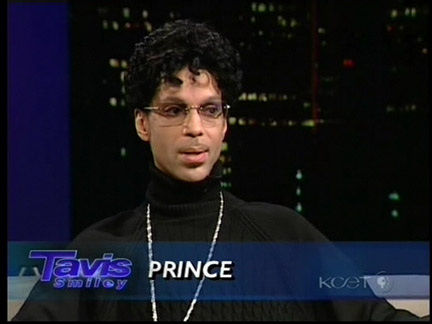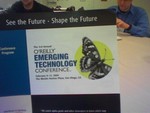A friend asked about buying a computer. He wrote
Time for a new home computer. Went to the Apple store with the wife, and she’s in love with the iMac, and I have to admit, it comes across as a pretty slick product. Personally, I like the fact that OS X is Unix based, as I’ve got a pretty good handle on the Unix command line and overall architecture – PC’s are black-magic to me(not to mention I hate Gate’s guts) even though I use one daily and know the usual apps.
Primary applications for home will be the usual browsing, kid’s educational sw, kids games, and photo and home-movie editing/production. The iMac in question, 1.25Ghz PowerPC, 80Gb drive, 256M RAM looks really meek compared to lower-priced PC hardware sporting 2.5GHz Intel hw. So what gives? I know that processor speed doesn’t necessarily translate linearly to computing power, but can anyone clue me in on relative performance of the two CPUs? Does it come down to a RISC/CISC thing? Multi-threading?
In short, I’m looking for some pro/con analysis on the Mac vs. PC. If I were to buy today, I’d lean toward the Mac, but have the reservations alluded to above.
Here’s how I replied:
My advice -> If you like the Mac, buy the Mac, don’t worry about CPU comparisons.
Do max out the RAM after you get the thing home with 3rd party RAM. A gig would be good.
Functionally, Windows and Macintosh both get the job done for users. Either way you can surf the web, email, make DVDs, etc. Both OSs are stable, highly useable, and powerful.
Things the Mac excels at:
Integration of software – The apps work cohesively and in a similar fashion.
Aesthetic design – No doubt Macs look nicer, and this is important to some people.
Security – Since OSX is a tiny fraction of the deployed OSs in the world, it is rarely targeted for exploits.
Innovation – Apple pioneered use of USB, firewire, and Bluetooth, while Microsoft is slow to adopt newer technologies. Sony is comparable to Apple in hardware design and innovation, but is hampered by the needed changes to the Windows OS.
Things the Mac sucks at:
Closed hardware – Unless Steve wants you to have it, it ain’t available. If it is available, it costs more. Long term upgrading is near impossible.
Living within Apple design – The apps are great as long as you will do things the Apple way. If you don’t like the way iTunes manages music, too bad, you’re stuck. Same for email, file system, calendar, etc.
Cost – Macs are more expensive. OS upgrades are costly. Four $99+ OS upgrades in the last three years alone.
Things Windows excels at:
Open hardware – You can run Windows on nearly everything, PCs are virtually unlimited on what kind of hardware you want to add, upgrade, or change.
Cost – PCs are far, far cheaper than Macs, but you get varying levels of quality.
Software – If there’s software to do something out there, chances are it runs on Windows. No other platform can say that.
Things Windows sucks at:
Security – A Windows computer is under constant assault. You need firewalls, auto-updating OS, anti-virus, and anti-spyware software running at all times.
Integration of software – Windows apps ‘look and feel’ different from application to application. To some this is a drawback.
The only crystal clear choice to choose a PC over a Mac is for gaming. If you want to play computer games, there is no comparison. PCs are orders of magnitude above Macs in CPU & video card power and selection of games.
In all other aspects, the computers/operating systems are comparable for home users.
Myself, I use Windows because I like to build the computers from scratch and am constantly upgrading them. Also, gaming is hobby of mine and I want a great platform to play on.
What do you think?



